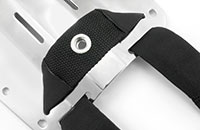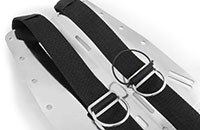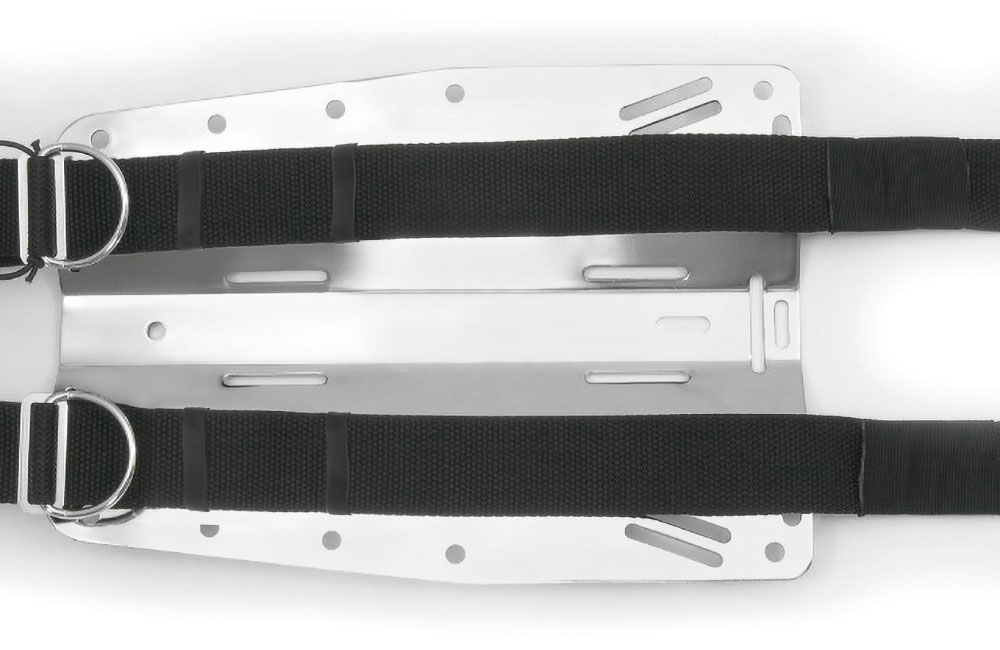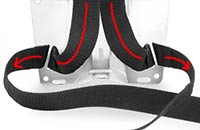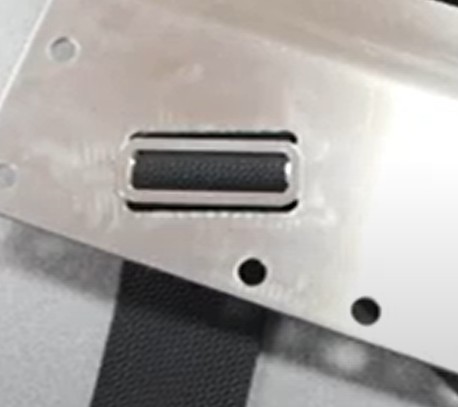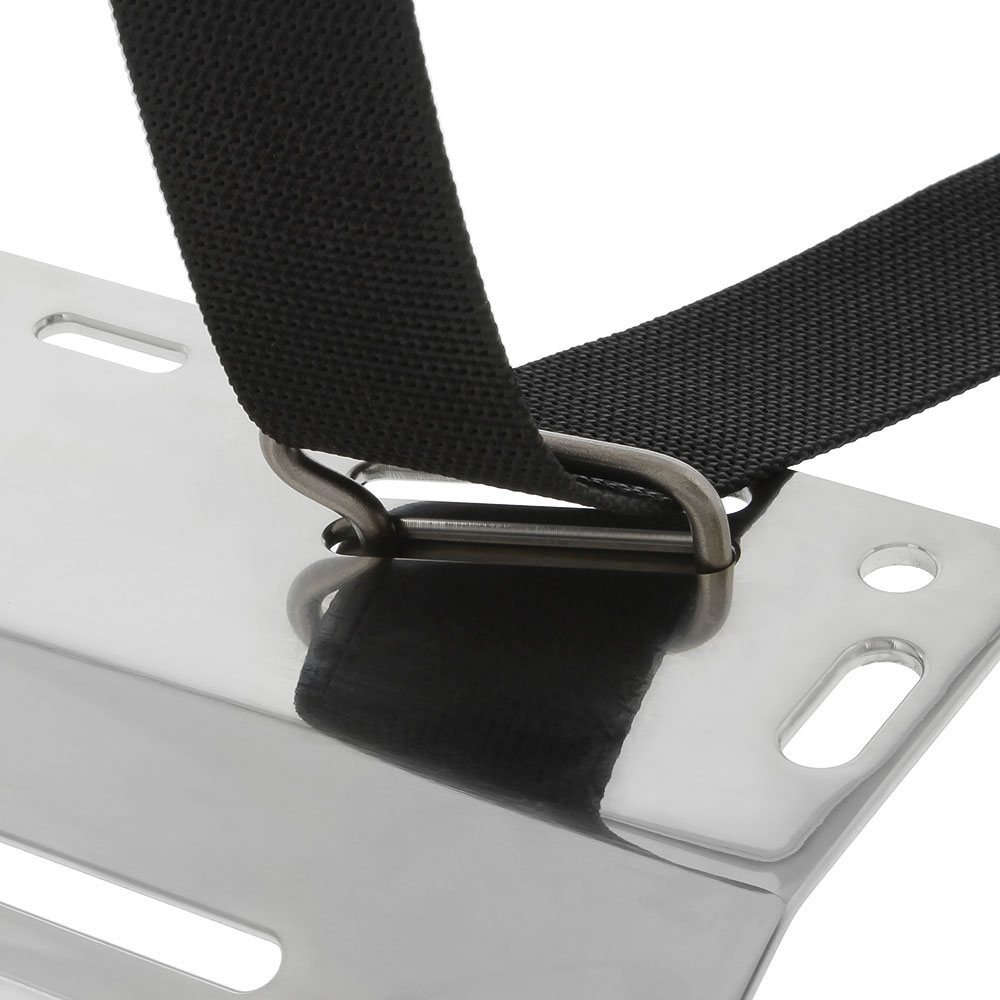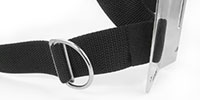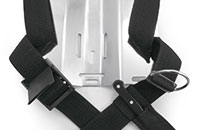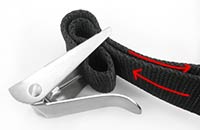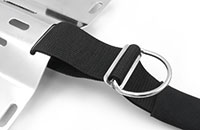Here is the Dive Gear Express recommended procedure to assemble and adjust our DGX Gears Harness with crotch strap (also called the DIR harness) on to a backplate. These instructions assume you are assembling our DGX Gears Harness, with Crotch Strap kit with all the accessories, but works equally well for any continuous webbing hogarthian harness without the ultimate accessories. The process should take about 60 minutes if this the first time you have assembled a harness. Tools that will make assembly easier are a measuring tape and a pair of needle nose pliers. All mention of left, right, front, and rear are interpreted from the perspective of the diver when wearing the harness.
Assembling a Hogarthian Harness
Adjusting a Hogarthian Harness
| There are some initial dry adjustments of the harness that should be made to achieve a proper fit. Be patient; some adjustments may require partially disassembling and rethreading components of the harness. Avoid the temptation to trim any excess webbing from the straps until after final in-water adjustments are made and you are certain you are satisfied with the configuration. If the webbing is trimmed, seal the ends of the webbing with a flame or hot knife to prevent unraveling. | |
| • A common error is making the shoulder straps much too tight. Having the straps too tight will cause the plate to ride too high on your back and can also impede your respiration. Shoulder straps should be left loose enough that with your wrist resting on the top of your shoulder, you can reach down your back with your hand and touch the top of the plate. The top of the waist belt should fall at or slightly below your navel. |
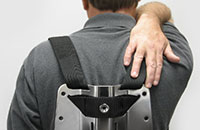 |
| • The shoulder straps should also be loose enough that you are able to easily slip your fist under the shoulder straps. Keep in mind that later you must be able to don your harness while wearing your exposure protection. The BC inflation hose assembly is threaded through, and retained by, the left shoulder bungee loop. | 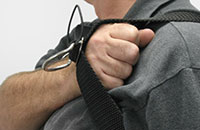 |
| • Adjust the position of the shoulder D-rings so they are facing out from your shoulder, a little above your arm pit at about your collar bone. Holding your arm straight out, make a fist like you are holding a clip. Close your eyes and bring your fist straight in to the harness shoulder strap, as if you were about to clip to the D-ring. Your fist should be touching the D-ring. | 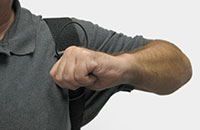 |
| • The waist D-ring is positioned along the mid-line of the diver's left side, about in line with where a tailored shirt side seam would lay. For most divers this will be about a hand width of webbing in front of the plate. | 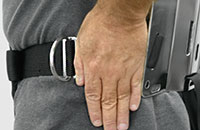 |
| • Adjust the position of the S/S buckle on the left waist strap so that the buckle is to the diver's right of center, allowing the crotch strap to be at the diver's center. If the right waist strap is excessively long, instead of trimming, you can weave it through the loop of waist belt sheath and even double back through the loops again if necessary. | 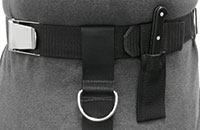 |
| • After adjusting the harness, adjust the length of the crotch strap to be snug. It should not be so tight as to pull the waist straps down. While adjusting the length of the strap, the rear D-ring should be positioned as high as possible where the D-ring can still be reached with your right hand and yet not be blocked by the cylinder(s). | 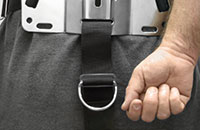 |
| • The primary light canister is pushed all the way back to the plate on the right waist belt and secured with the plastic buckle. If the light on/off switch is on the canister lid, some divers prefer to mount the light canister with the on/off switch pointed toward the divers feet in order to make the switch easier to reach. Using a separate plastic buckle to retain the canister instead of the metal buckle avoids scoring the canister, and allows harness doff and don without accessories sliding off the strap. The backup lights are clipped to the shoulder D-rings and secured with an elastic band. Even if not taking a canister light, you can also use the plastic buckle to secure a pocket. | 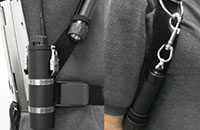 |
Once you are satisfied with initial dry adjustments, you are ready to make final minor adjustments. The most efficient and safest method is with assistance of your buddy or instructor in a swimming pool or other body of confined water. In shallow confined water you can work together and can make easy entry/exit to evaluate adjustments. While everything is soaking wet, repeatedly don and doff the harness with your entire diving configuration of cylinders, regulators, accessories and exposure suit. Tweak the length of the shoulder and waist straps along with the crotch strap until you can gear up easily and remove the harness quickly. Check the in-water trim. Many divers have said that when everything is correct, the configuration just 'feels right' and seems to automatically achieve proper trim. Next practice repeatedly clipping the SPG, primary regulator, stage/deco bottles, lights and reel. Tweak the D-ring positions until everything can be performed smoothly underwater and you can easily clip to the D-rings with every attempt. Congratulations, your hogarthian harness is ready to dive! |
|
